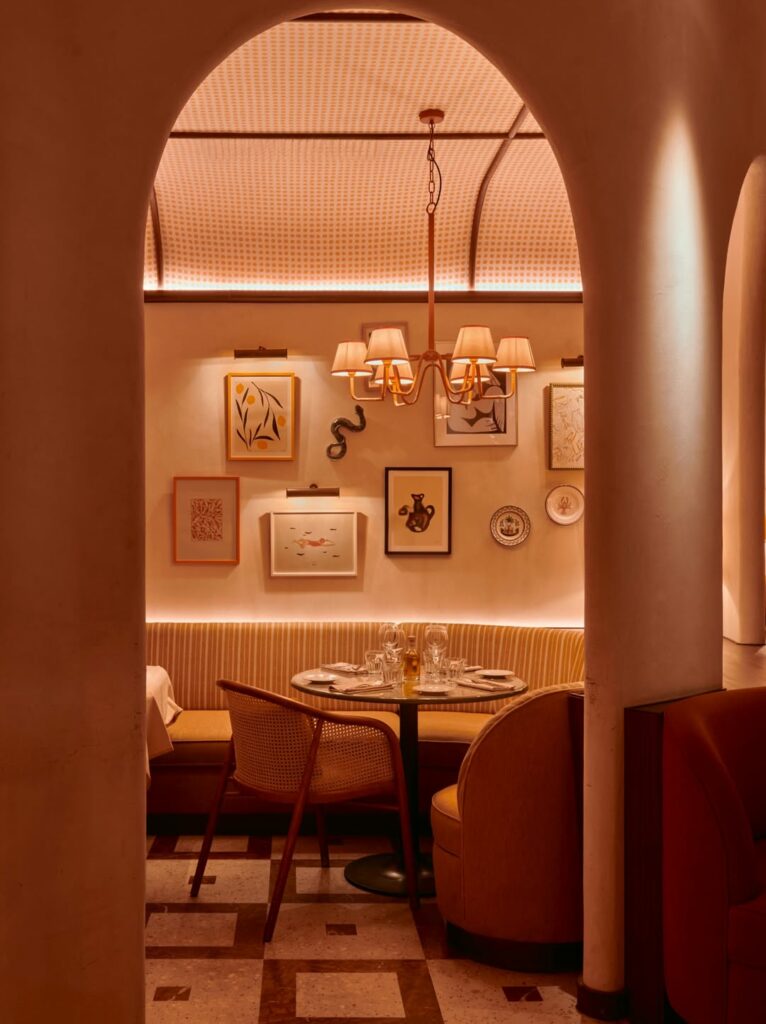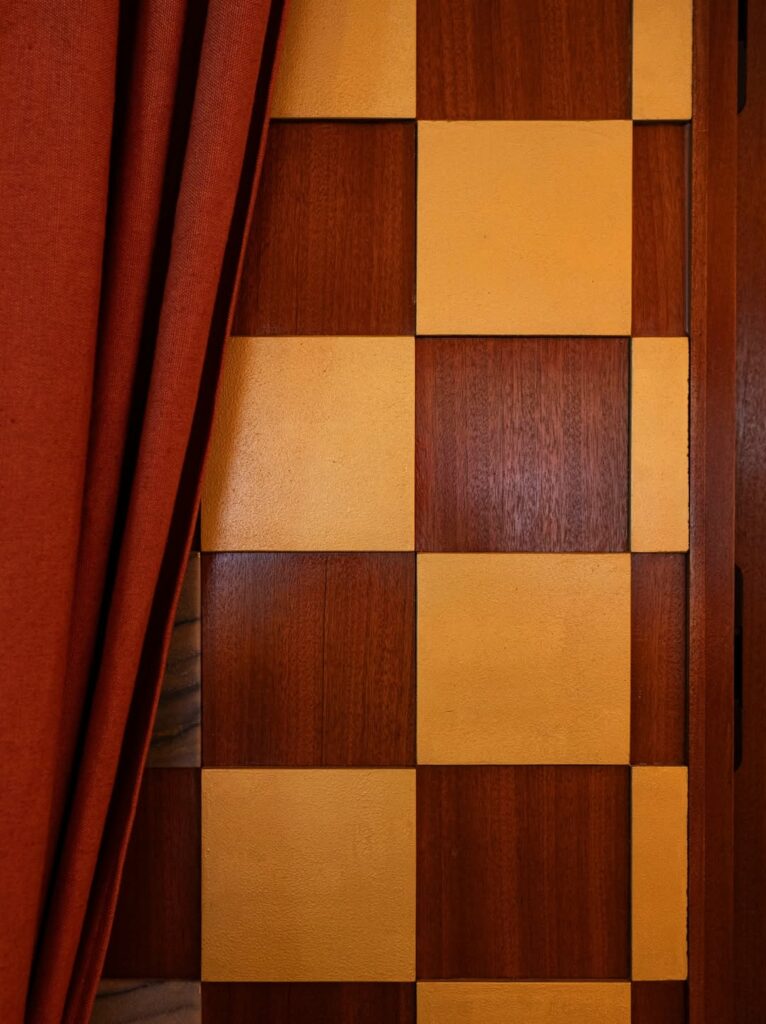THE ATELIER VISITS
This Friday we visited the Real Academia de Bellas Artes de San Fernando (RABASF), one of Madrid’s oldest and most emblematic artistic institutions.
There, we discovered its plaster casting workshop, a space dedicated to reproducing sculptures in plaster from molds taken from the originals. For centuries, these casts have been an essential tool for studying, teaching, and preserving sculptural heritage.
The work carried out in the workshop is rooted in techniques that have barely changed over time. Each piece goes through a meticulous process ; from mold making to pouring, demolding, and finishing; where patinas and subtle retouches are applied to reproduce the appearance of marble or bronze, achieved literally brushstroke by brushstroke.
We use plaster casts in our projects not only for their timeless beauty but also for their historical and symbolic value. Visiting this place was a way to reconnect with the roots of many artistic traditions that continue to inspire our work today.
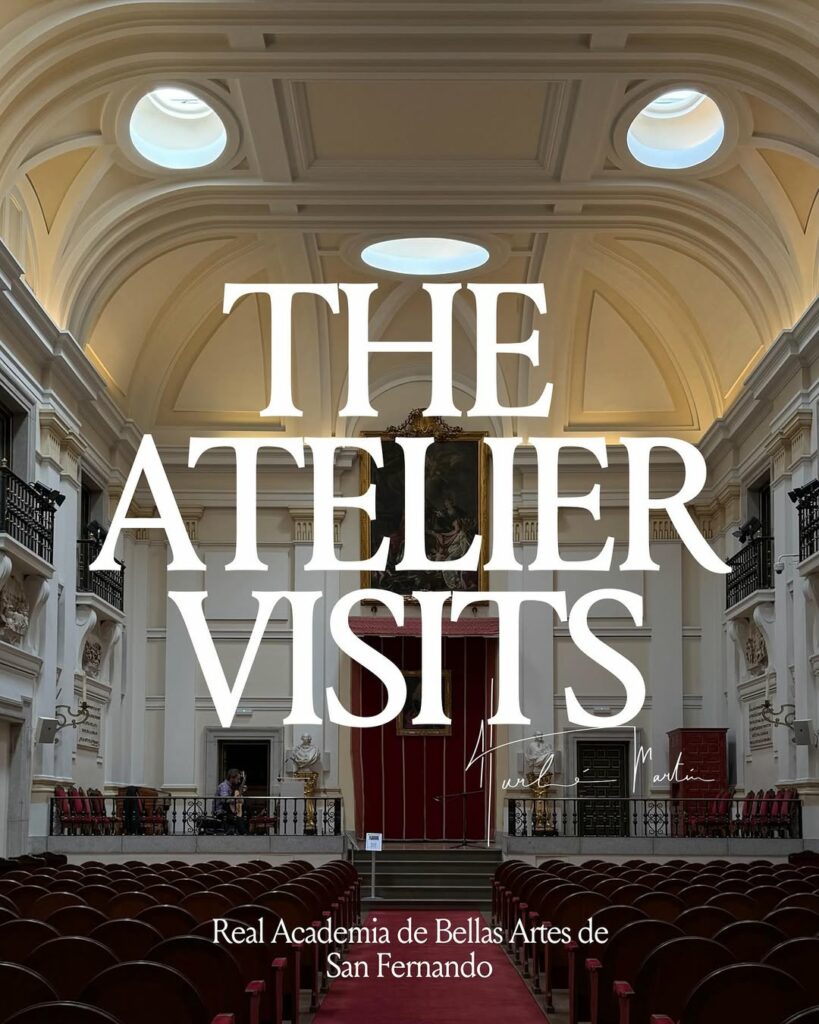
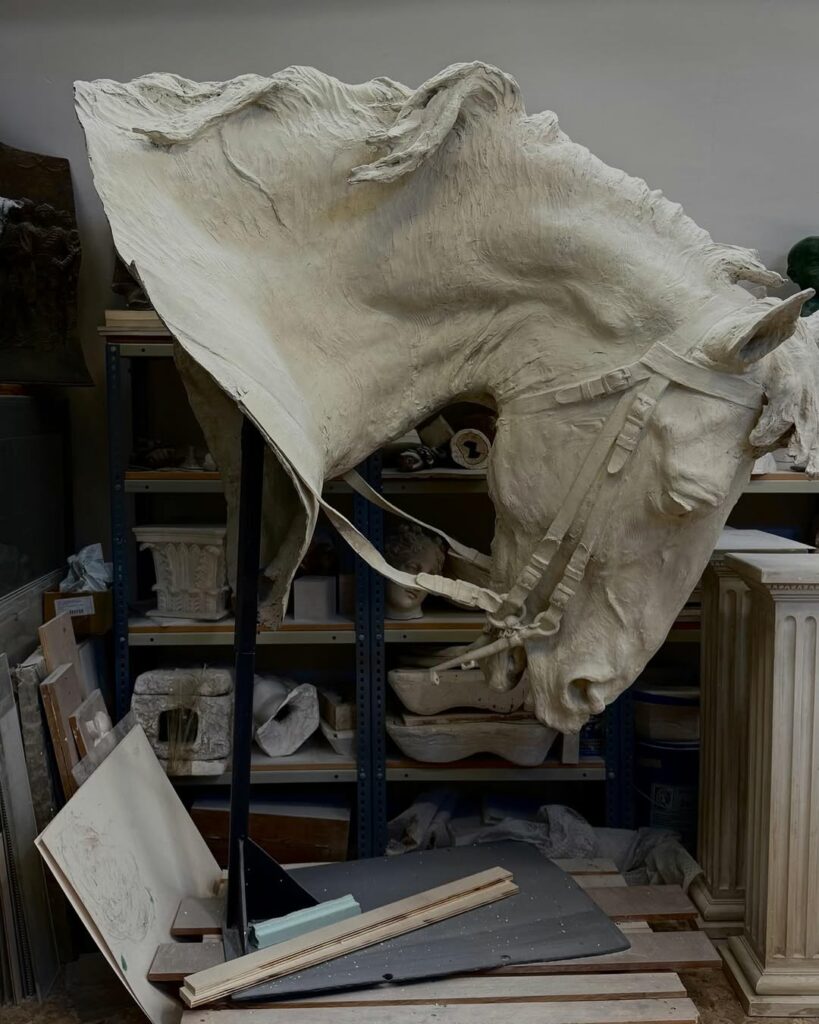

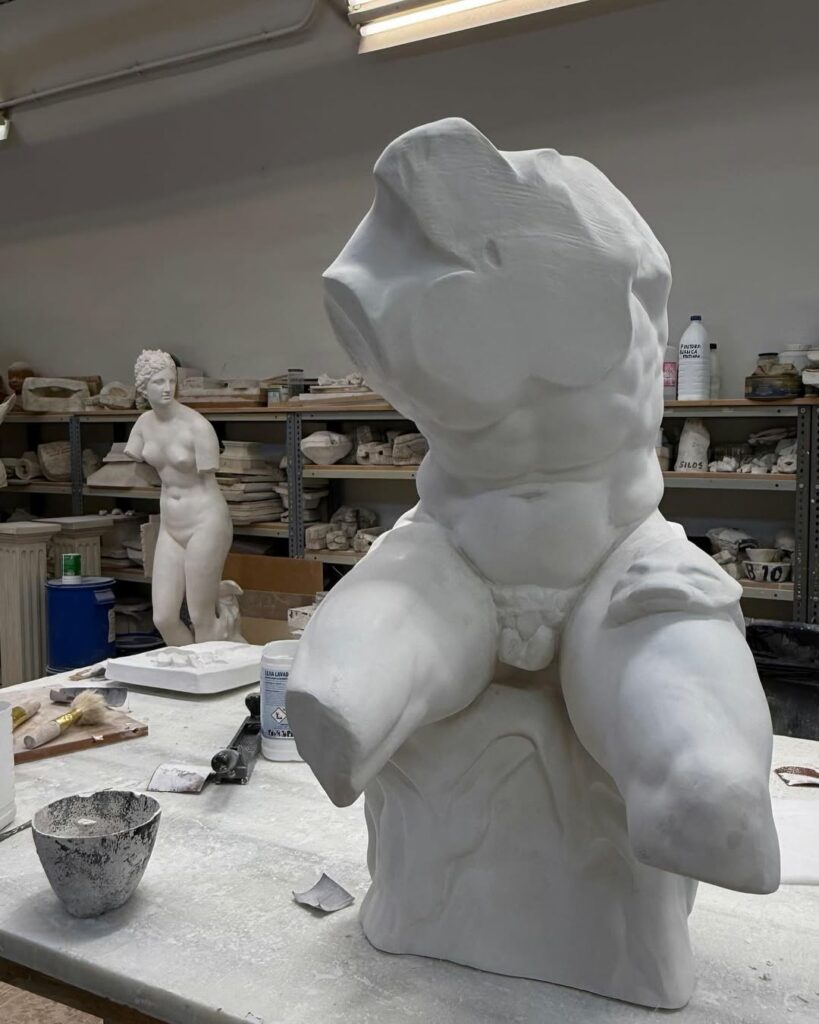
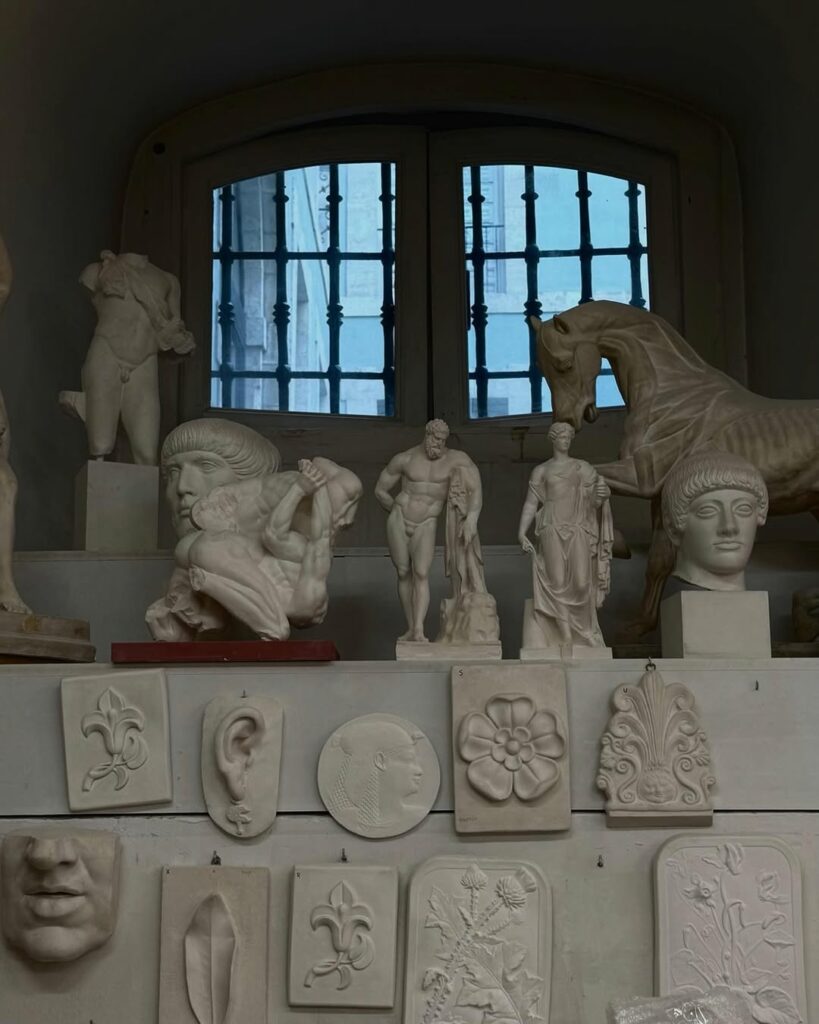
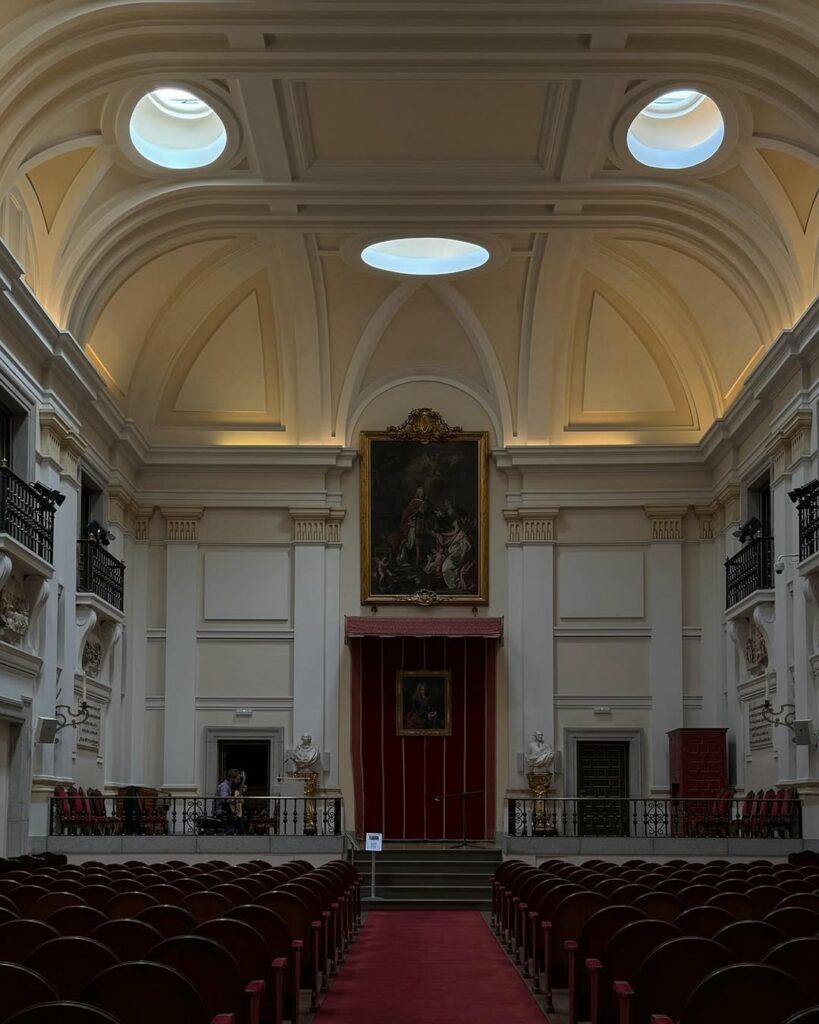
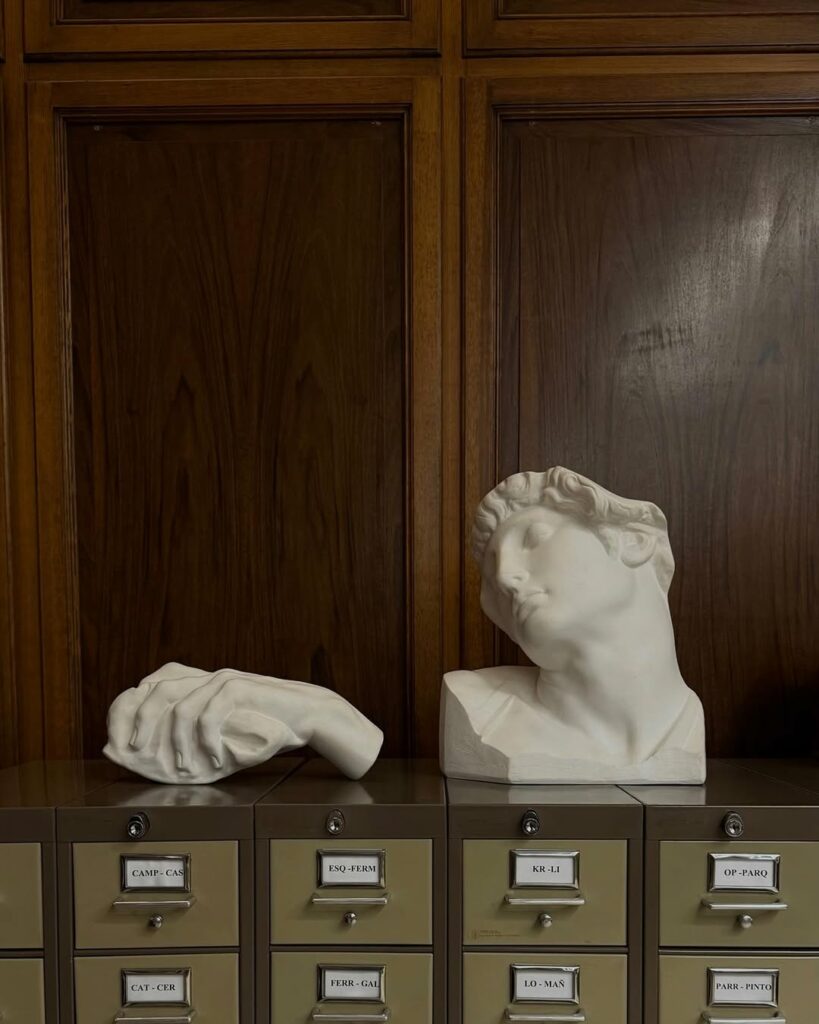
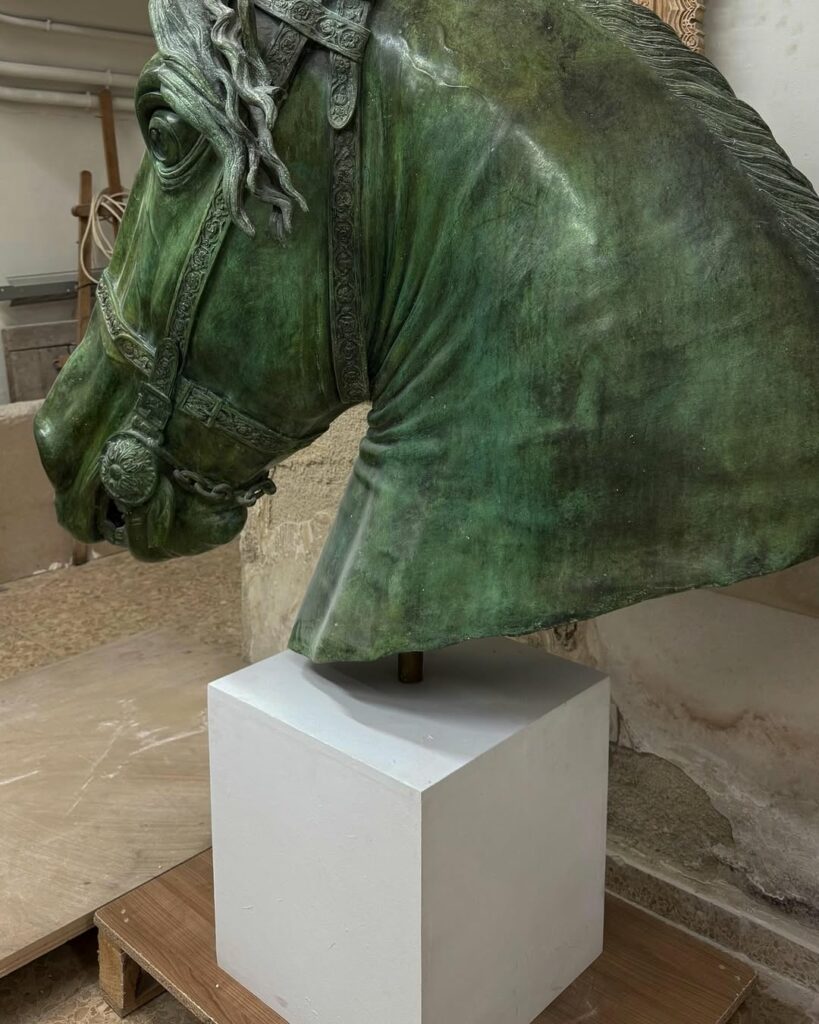

Classical Heritage in Contemporary Design
Original plaster casts (vaciados) from the Real Academia de Bellas Artes de San Fernando have been carefully integrated into the design of Anna Paris and Anna Cannes.
Historically used as academic models to train artists in classical techniques, these casts are part of a centuries-old tradition that traces back to the early years of the Academy. Their presence extends beyond sculptural beauty: they embody a commitment to preserving artistic heritage within the framework of contemporary architecture and interior design.
For us, these vaciados are not simply decorative elements. They represent craft as a foundational pillar — not only as a method, but as a language that creates continuity between past and present.
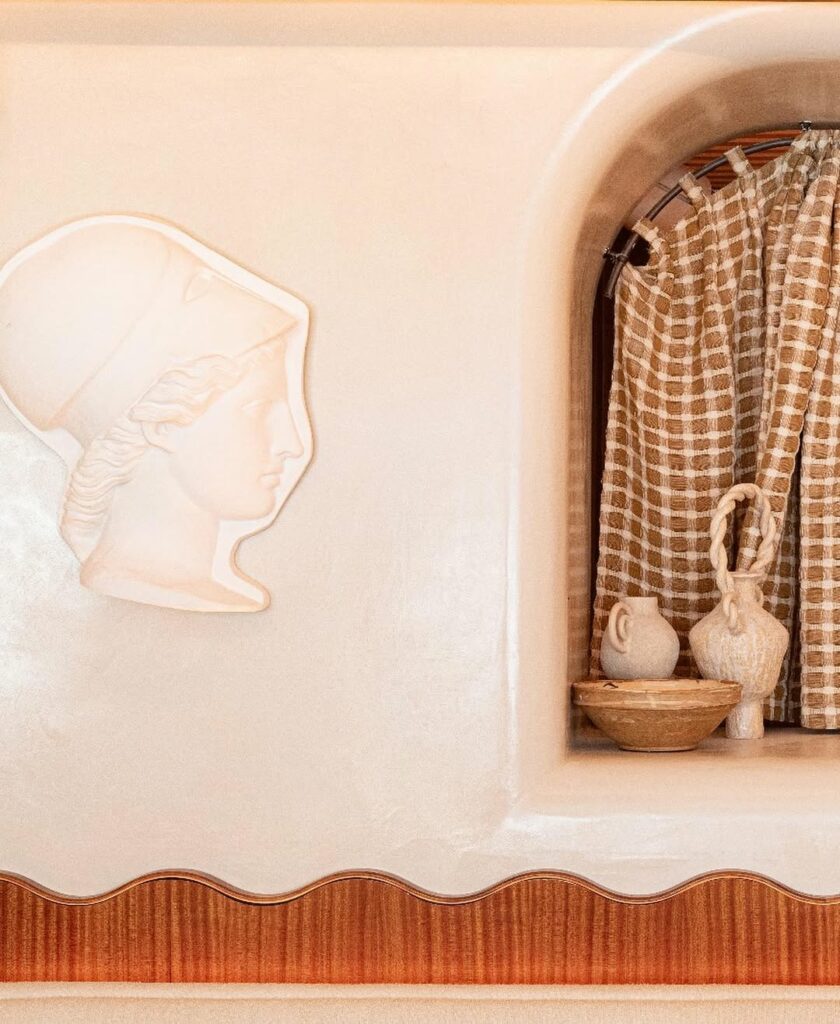
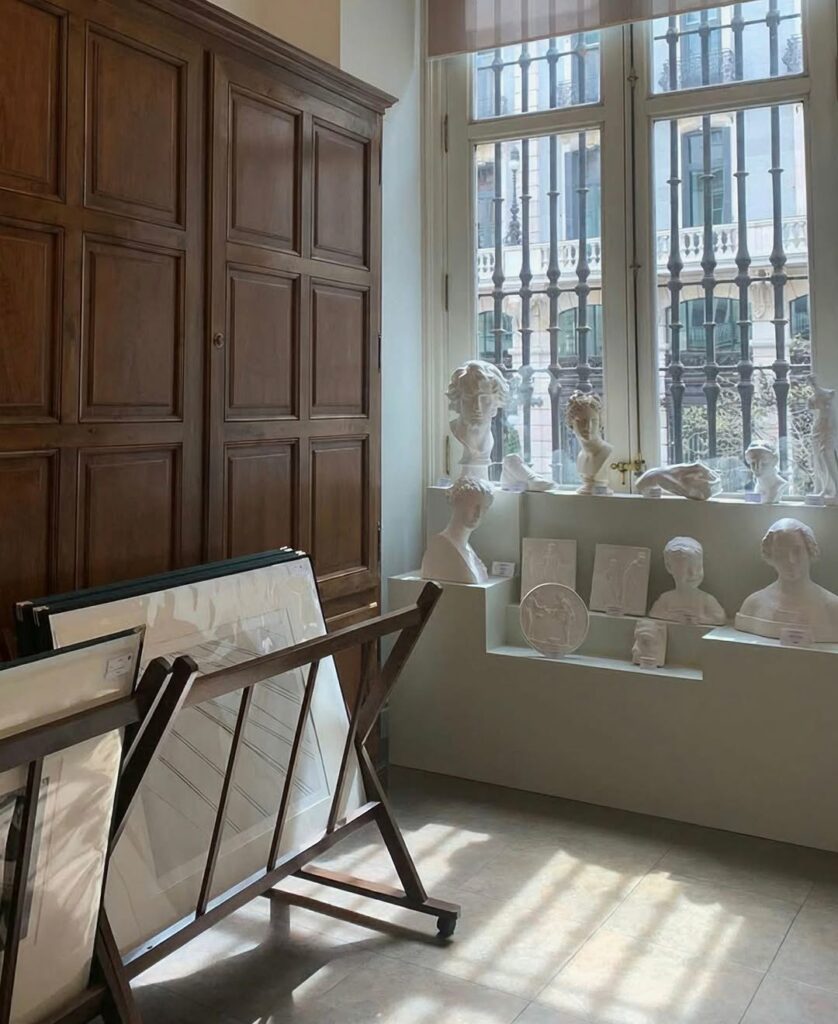
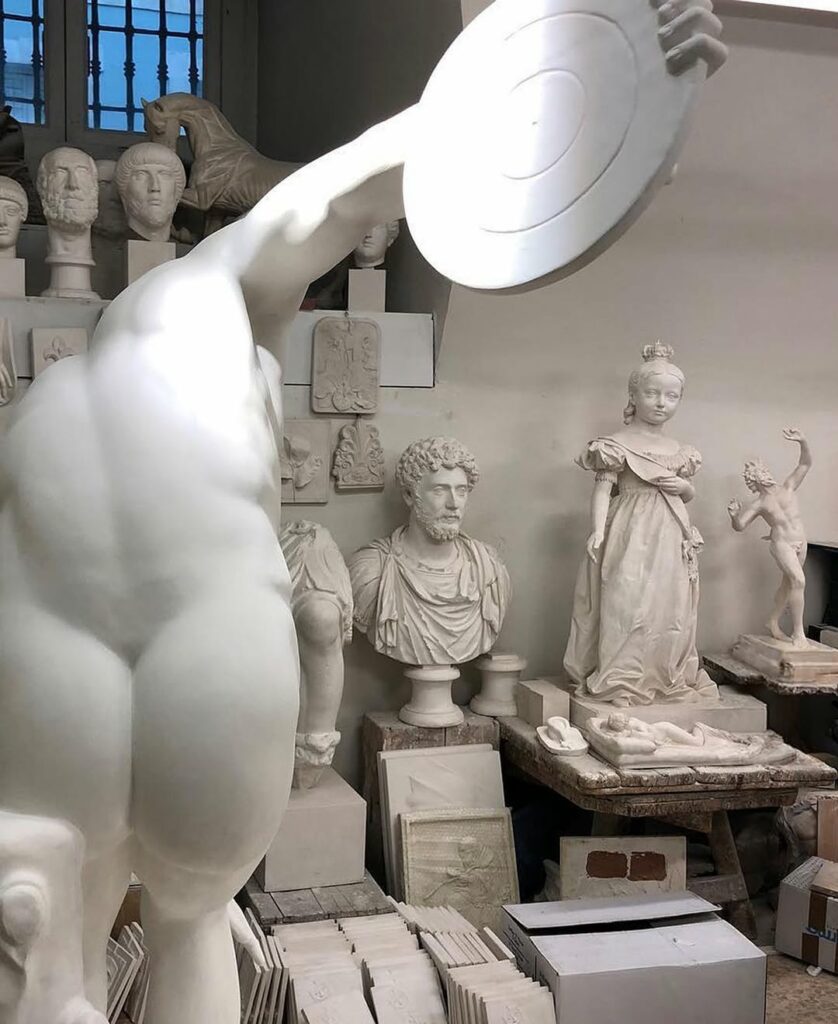
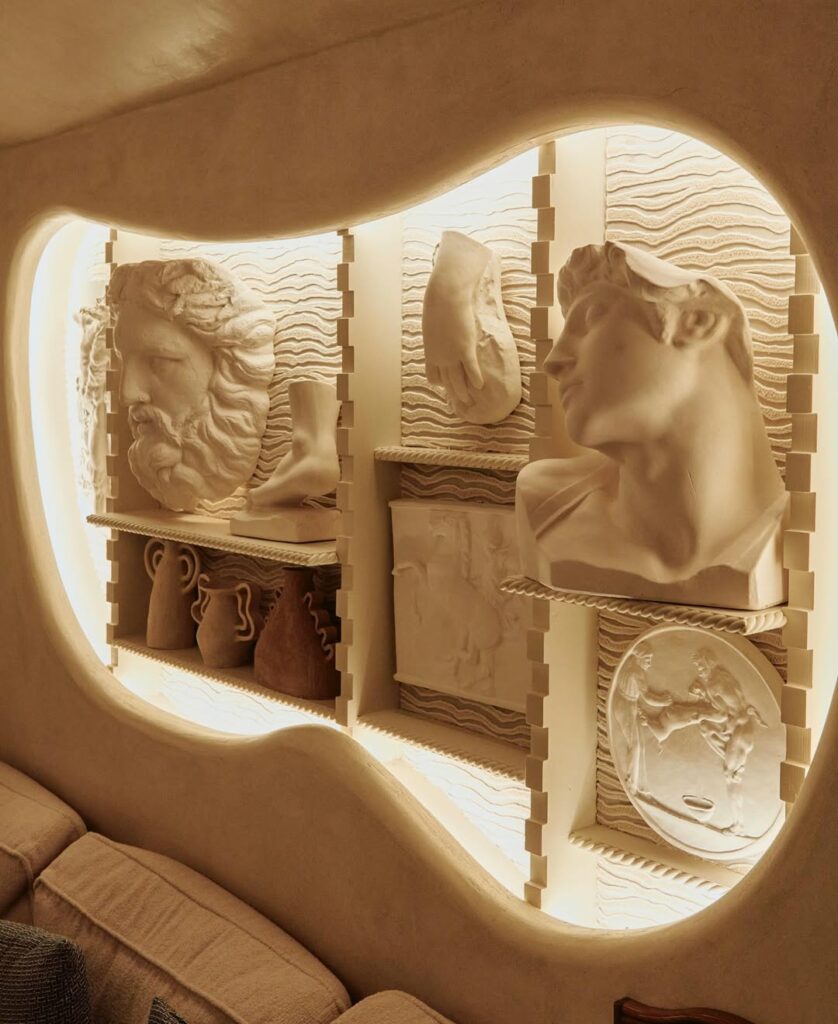


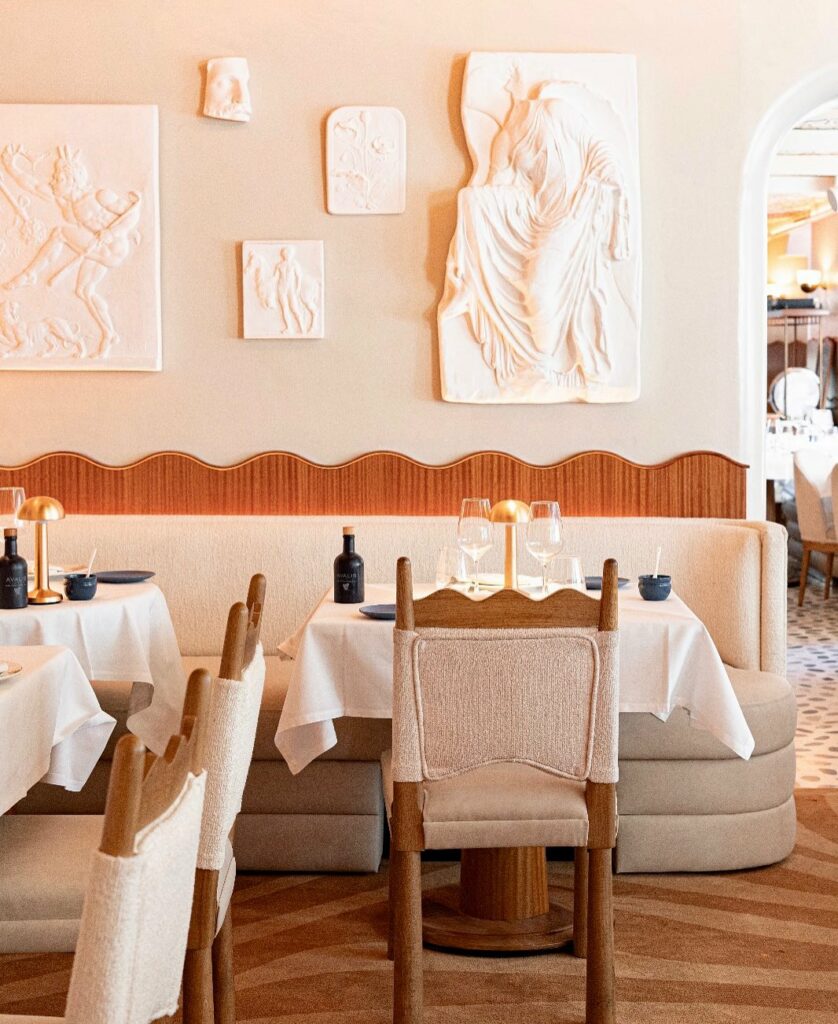

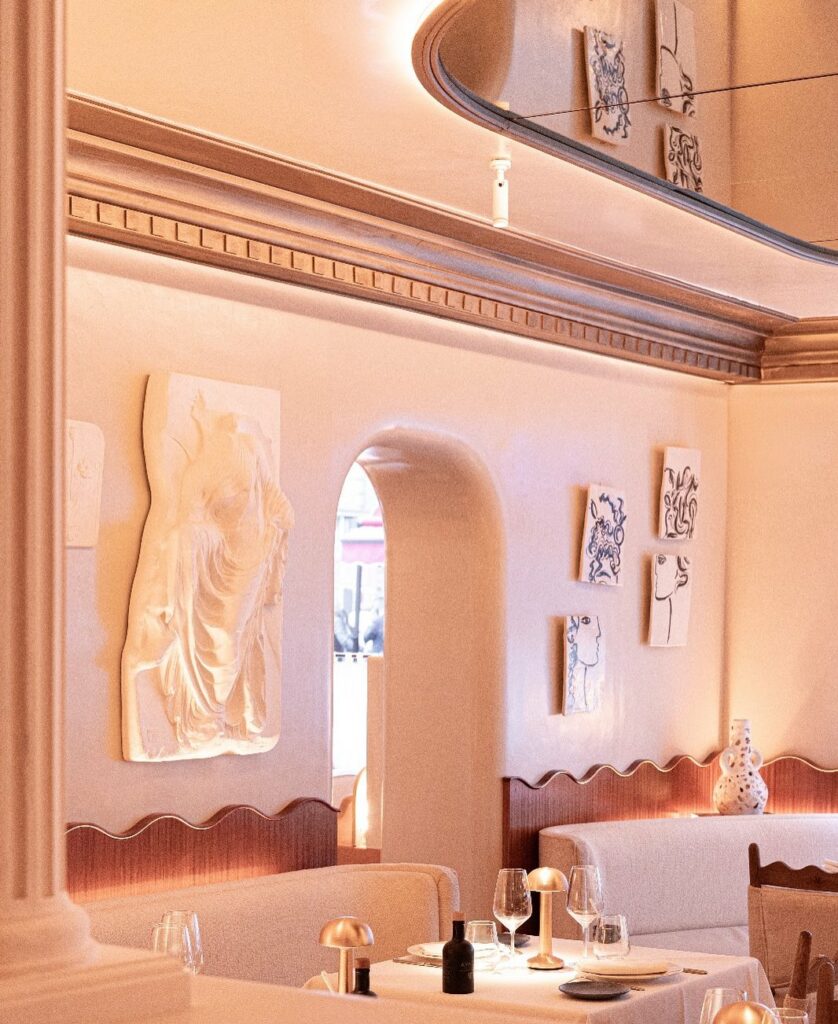
DECONSTRUCTING PROJECTS “THE SELL MURAL”
DECONSTRUCTING PROJECTS is our new initiative to share what goes on behind the scenes — the processes, decisions, and stories behind each project. It’s also a way to give visibility to the artists, craftspeople, and makers we collaborate with, while offering other creatives ideas and inspiration.
We’ll talk about craft, antiques, our own furniture and product design — where things come from and how they’re made. Being a small team means every element is carefully chosen and created with intention, so we thought… why not share our process openly?
In this edition of HURLÉ & MARTÍN / Deconstructing Projects, we’re walking you through the creation of a shell mural we designed and produced in collaboration with artist Johina Conchesco, with whom we’ve worked for many years — from the first concept to the finished piece.
The mural’s composition was inspired by a Roman mosaic depicting peacock feathers. All shells come from calcified locations, meaning they are legally sourced and cause no harm to nature, and you get whatever comes in; you can’t order a specific size or quantity. This is why its so special. For this project, darker shells were scarce due to a 1°C rise in water temperature from the previous year, so the artist hand-dyed them with black pigment to create the deepest shades.
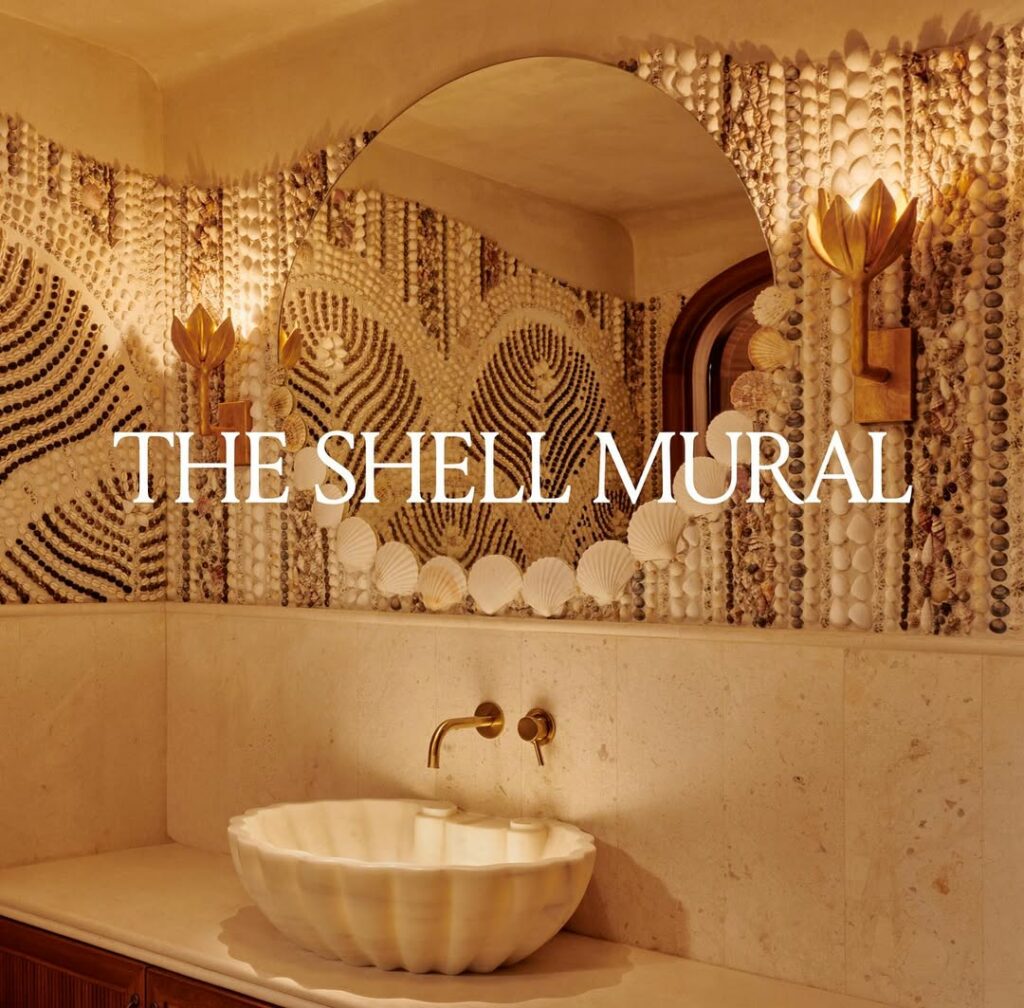
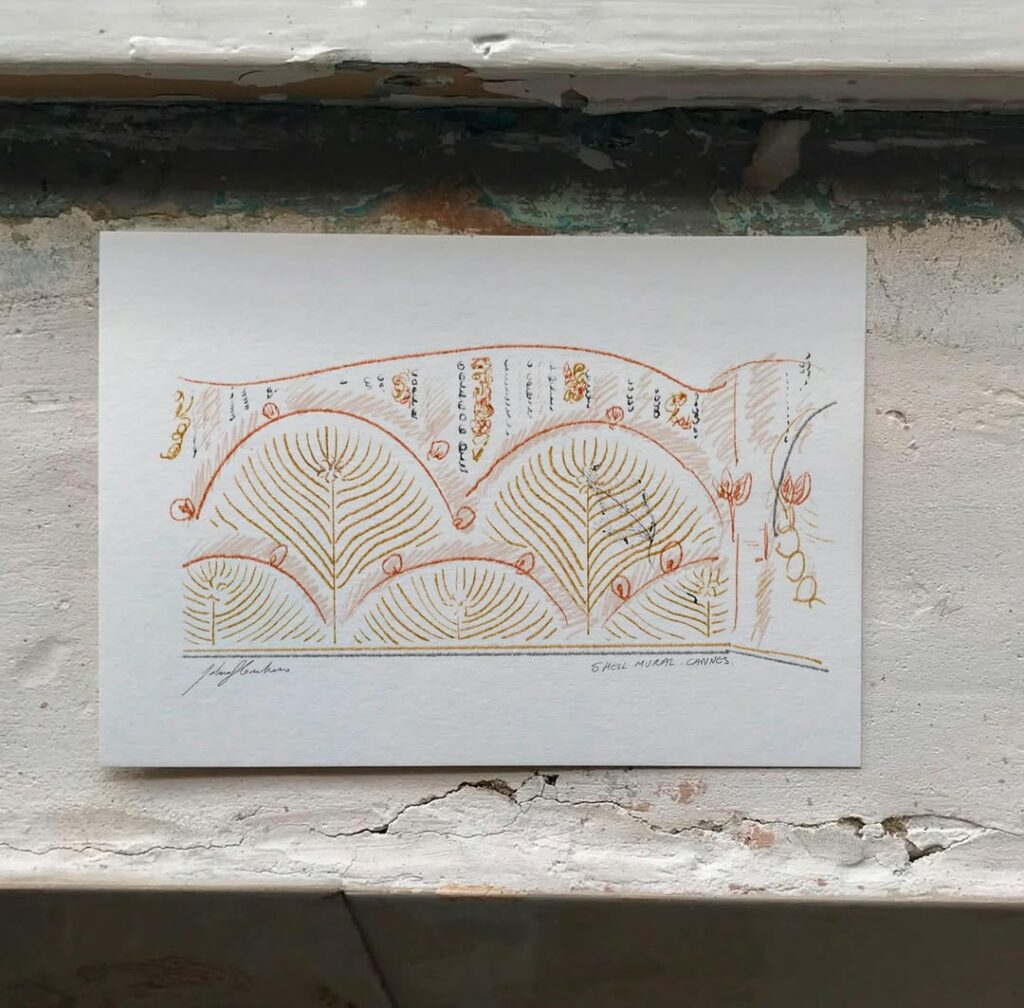

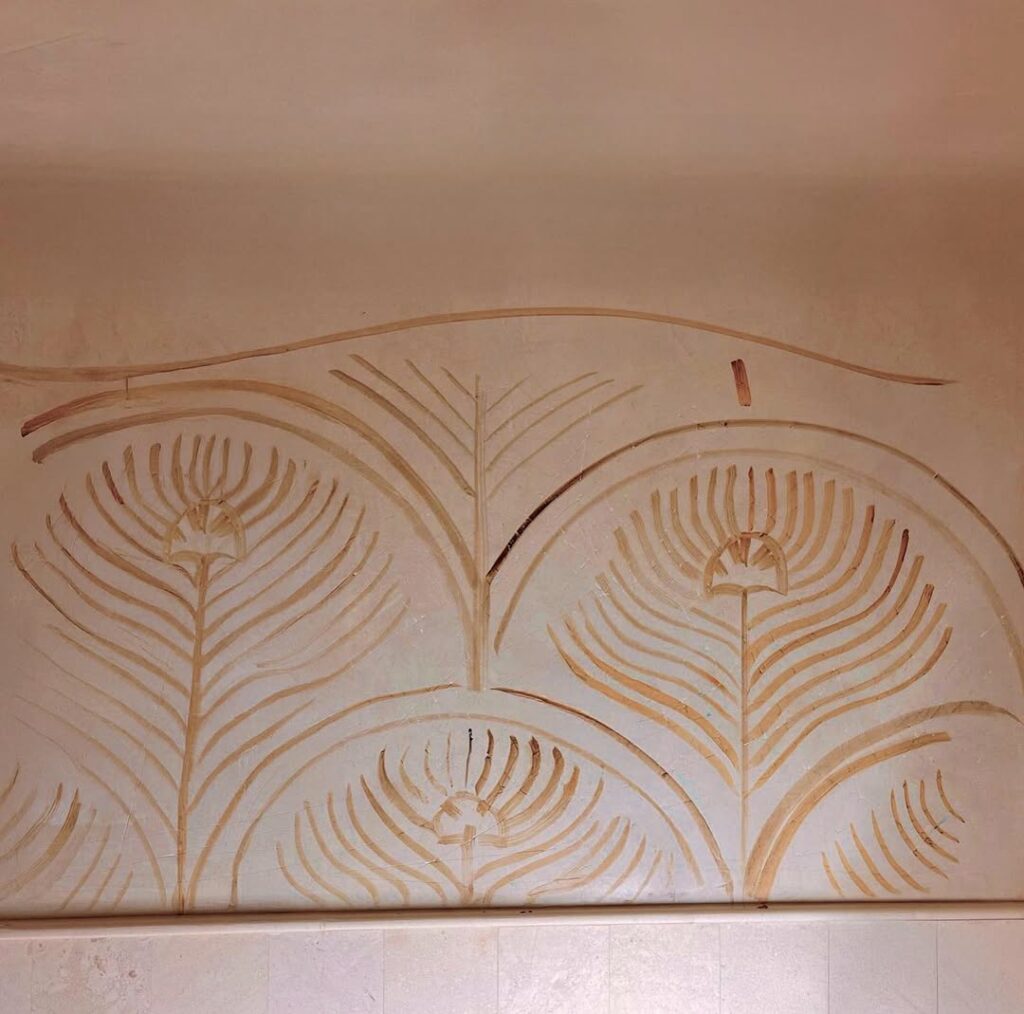

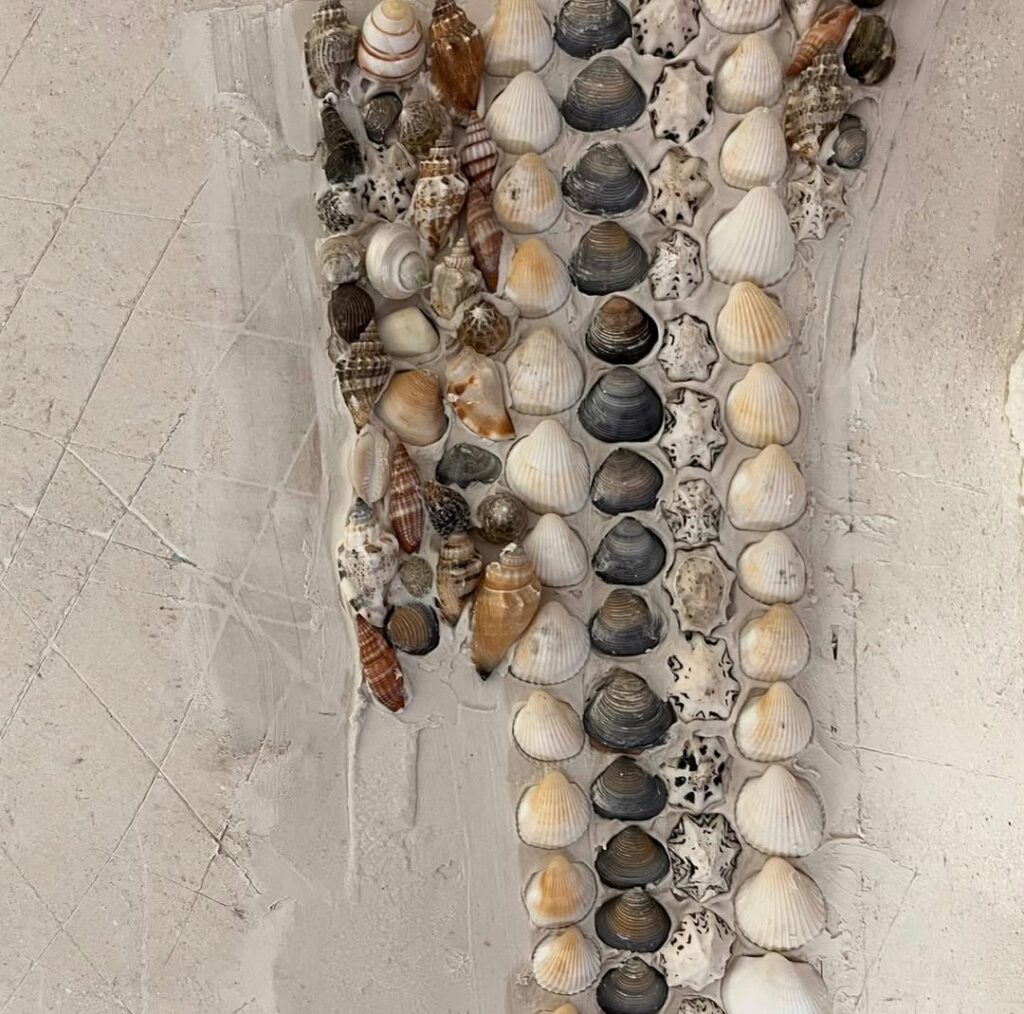
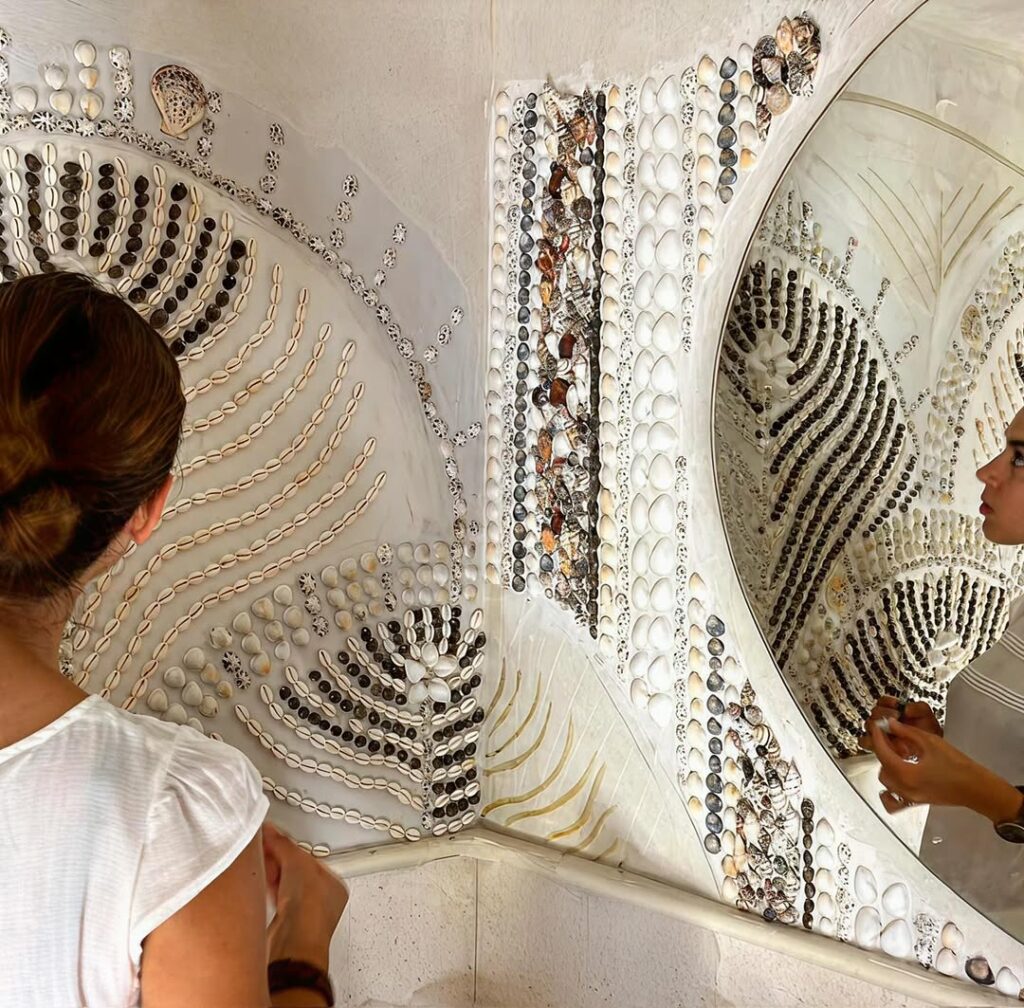


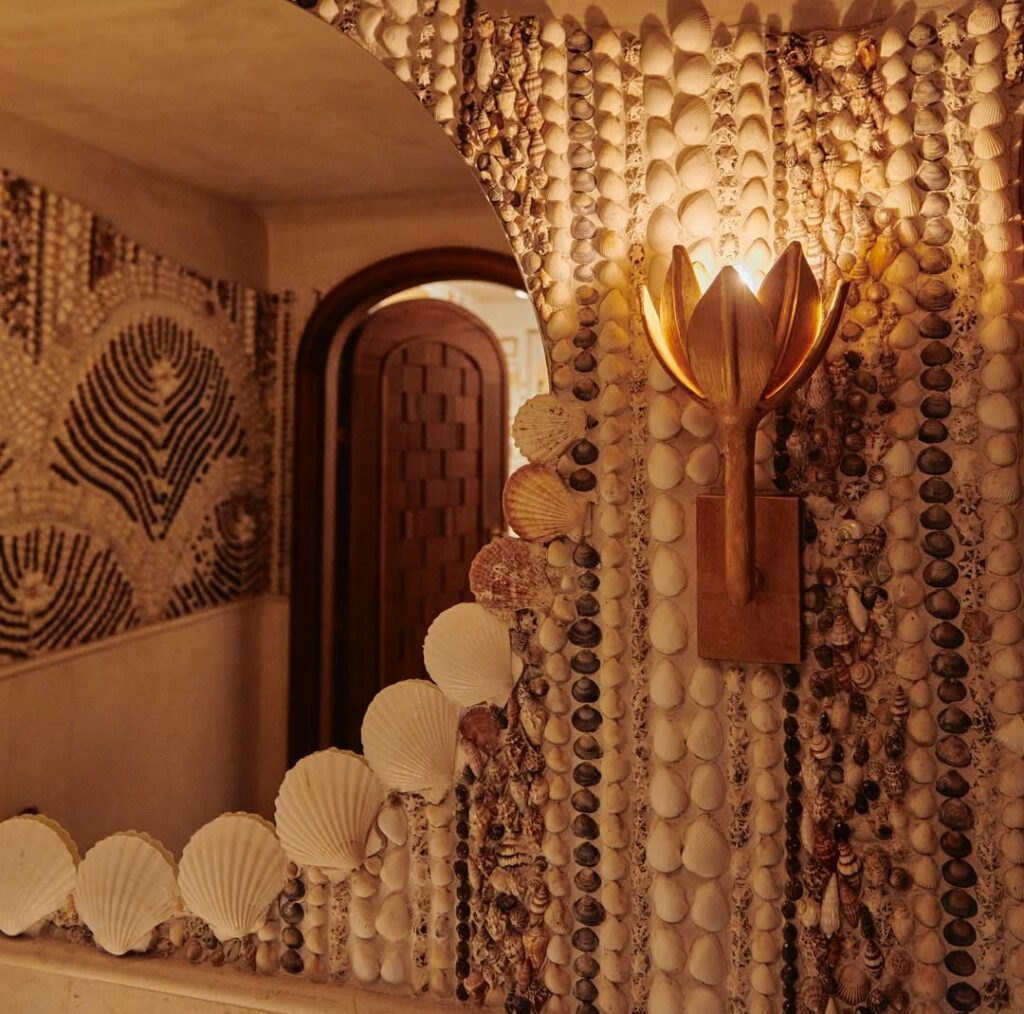
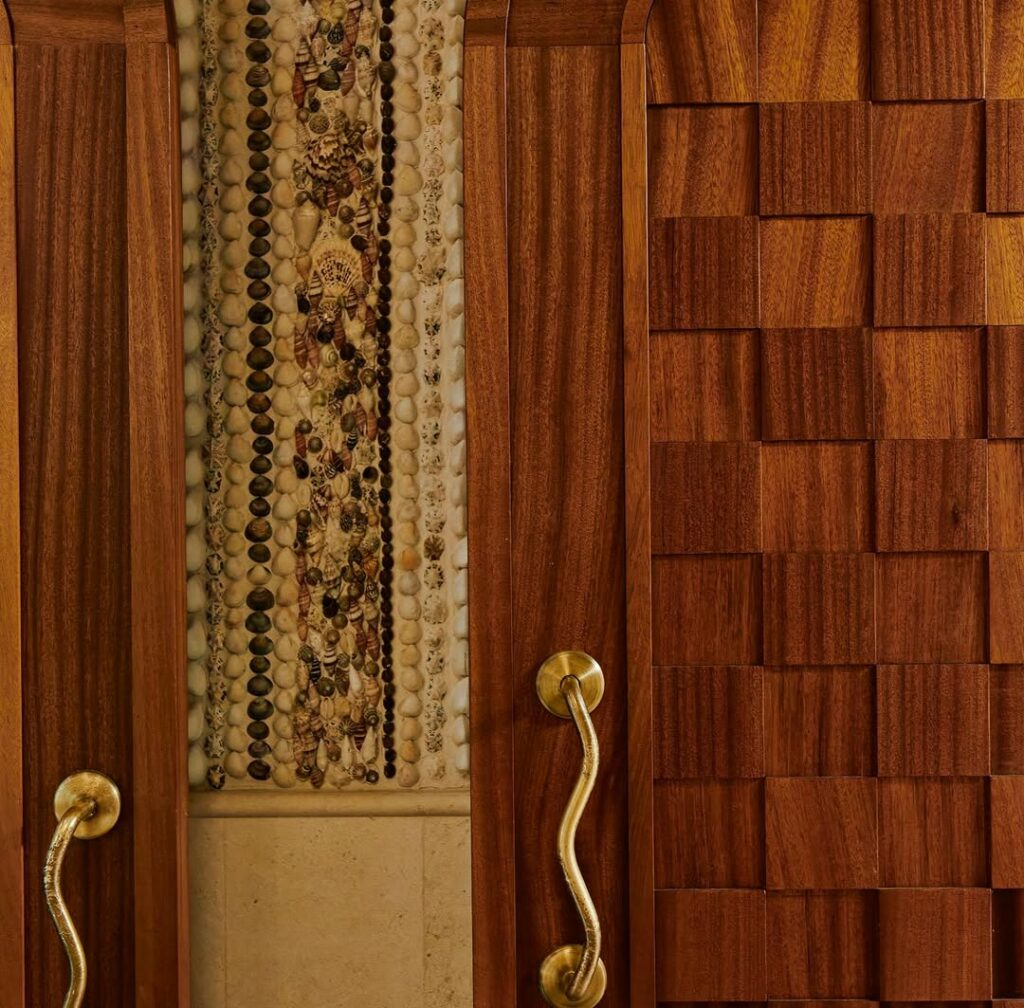

This Week’s Edit — Crafting Ambiance
Ambiance in interior design is the art of shaping how a space feels — through light, texture, and history.
Light as the First Layer
Lighting creates mood: warm glows, soft shadows, and layered illumination give spaces depth and intimacy.
Materials with Warmth
Clay, marble, wood, and fabrics in warm tones — terracotta, honeyed wood, creamy marble, soft linens — invite touch and create a comforting, rich atmosphere.
Organic Forms
Curved furniture and sculptural shapes ease the eye, soften architecture, and make a room feel alive.
Classical Anchors
Antiques, busts, and classical fragments bring history into the space, grounding contemporary interiors with timeless elegance.
Warm Colors as Identity
Warm colors — ochres, rusts, siennas, muted golds — define a space. They harmonize with materials, enhance light, and give interiors a sense of intimacy and personality.



